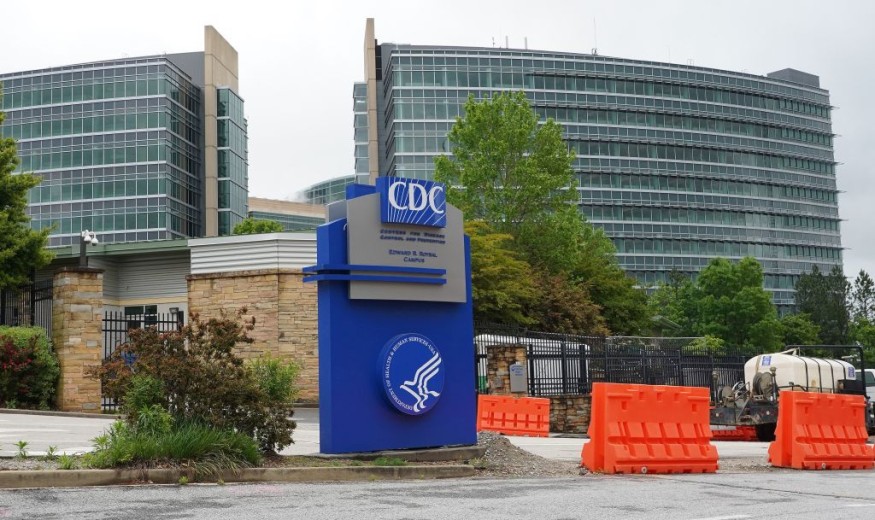A report from National Geographic explained that their team found several documents about the activities from the US Centers for Disease Control and Prevention (CDC) in response to the COVID-19 pandemic.
Coronavirus Animal Spillover in Michigan

The papers included a case of coronavirus transmission in Michigan state back in 2020. According to the agency, the investigation focuses on a suspected infection of COVID-19 from animals to humans.
According to the reports, the CDC documents provide substantial evidence that the agency was already aware of the animal-to-human transmission of coronavirus three months before the subject was published in their official portals in March 2021.
Many scholars who work to find solutions against COVID-19 said that the delay in publicizing the reports CDC collected might have affected supposedly effective monitoring of the SARS-CoV-2 transmission cases in the state and throughout the whole country.
Tracking animal-to-human transmissions are crucial for coronavirus investigations, as common cases produced from the particular setup could result in a more dangerous and transmissible variant.
University of Guelph's Center for Public Health and Zoonoses director Scott Weese explained that the delay from the CDC serves as a reminder for us that when global health is at stake, transparency is most important, as more understanding about a problem could give a better and quicker solution.
A much earlier analysis of the suspected spillover cases between species could have assisted many countries in equipping their protocols against the pandemic, Weese continued.
ALSO READ : Proteins Identified in COVID-19 Patients' Saliva Potential for Detecting Infection, Virus Severity
CDC Documents Reveal Earlier Discovery of COVID-19 Animal-to-Human Transmission
The CDC COVID-19 documents, according to the report, came in as thousands of papers, most of which had already been redacted. The information was released recently through the Freedom of Information Act.
The CDC papers included scientific data and email exchanges between the Michigan public health authorities and the national agency itself. Based on the records, the Michigan state officially requested assistance from CDC on October 8, 2020, regarding the unusual case of animal-to-human transmission involving minks.
CDC's response included sending four veterinary epidemiology experts to the state. From there, the scientists extracted several samples from the minks at the farm and the population from the surrounding areas to particularize the likelihood of coronavirus spread around the zone.
Results showed that the genome analysis confirmed two mink-farm workers and two people without any known connections to the animals or the farm were infected with an unfamiliar coronavirus variant that was also detected in Europe's cases of animal-to-human transmissions.
CDC did not relay any information regarding the issue without announcing any updates to the public. A month after CDC updated the findings on their website, Detroit Free Press published the case details.
According to CDC spokesperson Nick Spinelli, the relevant information was given to the public by the agency due to similar cases recorded in Europe. It was already available in a public coronavirus database called GISAID. However, the portal requires people to create an account, contains complex navigation, and does not present details of genome sequencing mapping that most of the general public would be able to familiarize conveniently.
RELATED ARTICLE : COVID-19 Exists at Substantially Higher Levels in the Nose Than in the Throat [STUDY]
Check out more news and information on COVID-19 in Science Times.











